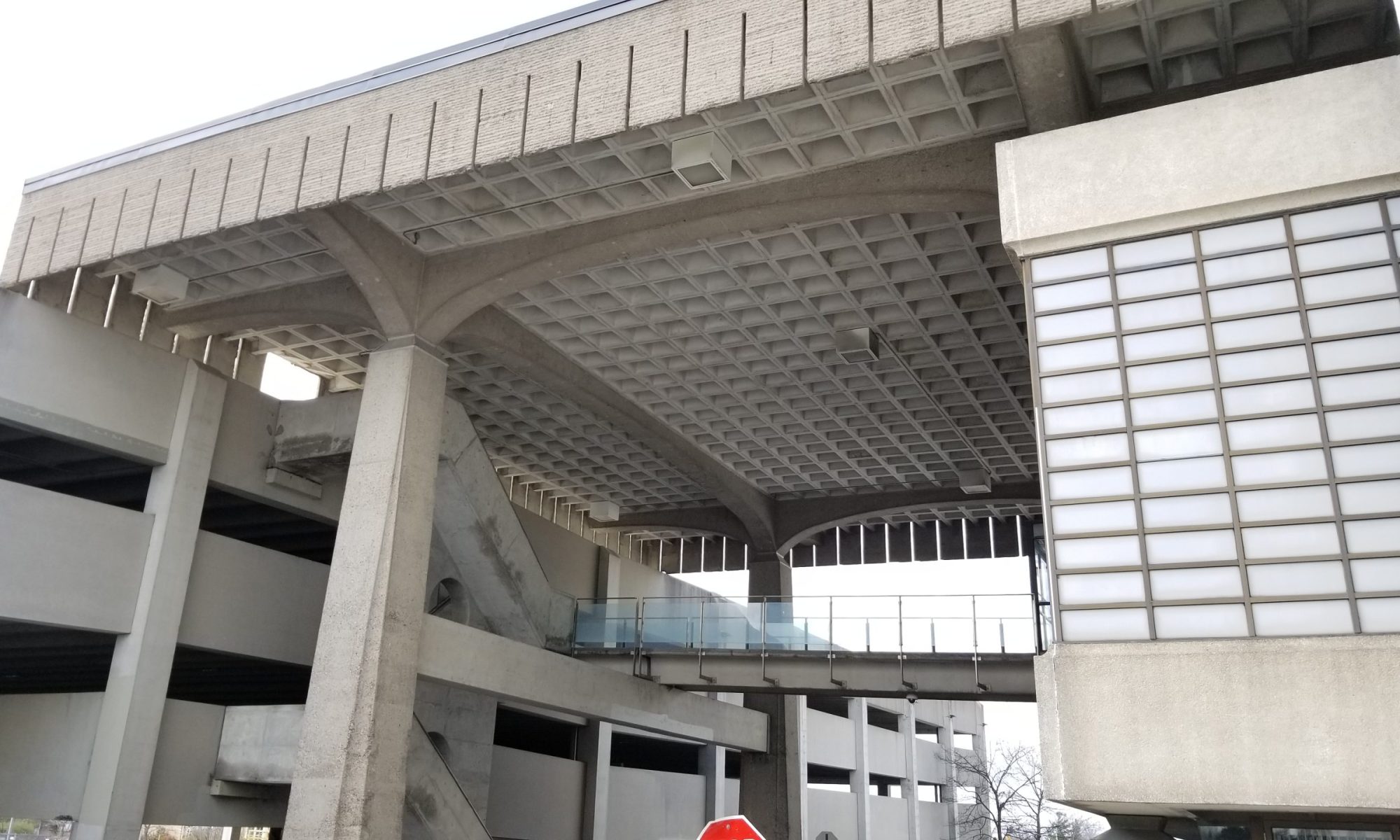Modern Musings: The Promise of the Bauhaus and Modern Architecture
Mod Blog
Chris Warden
This post is written in response to the article that appeared in the Ottawa Citizen on December 1, 2018 titled: “Padolsky: A century later, what has come of the promise of Bauhaus and its ‘New Architecture’?”
Modern Architecture within a Continuum
While the mythology associated with Modern Architecture suggests that it represents a distinct break with architecture and art of past eras brought on by the availability of new materials, construction processes and the desire to build the world anew, this is only part of the story. Like architectural styles that came before it Modern Architecture was anchored by the same basic rules codified by Vitruvius (among others) many millennia before including geometry, proportion, visual weight, etc. Towards a New Architecture by Le Courbusier, which includes the oft-quoted notion of “machine for living” approach also lovingly references the Parthenon as an important influence for architecture moving forward. As a response to conditions and the architectural past Modern Architecture cannot be divorced from the larger architectural canon.
This is especially true within the current context where many of the visual and geometric aspects of Modern Architecture have reappeared, albeit with a wider range of materials and a renewed awareness of place.
Has Modern Architecture become a style? The simple answer is a definitive yes. This is not a new concept as it could be argued that once Modern Architecture lost its social goals it became a style. Continuing this line of thinking its stylistic focus was cemented when Modern Architecture came to North America, removed from the conditions that created it initially. Being a style is not necessarily a bad thing for architecture as it provides greater flexibility in its use to illustrate the period during which a building, complex or collection of buildings was built. It is the period and its expression that adds the baggage (social, cultural or otherwise) to its buildings, not the architecture in and of itself.
Has Modern Architecture Exhausted its Usefulness?
I would like to think not. By virtue of the building boom that has occurred worldwide during the Modern Architectural period we cannot simply ignore it, we have to come to terms with the strengths and weaknesses of the associated built legacy. Existing buildings are a significant source of energy use, but also possess an enormous amount of embodied carbon. By moving past the reductive stylistic arguments we are able to analyse buildings on a more level playing field, evaluating their inherent character and geometries, their specific lifecycle points, opportunities for enhancement and the opportunity to add our own layers to buildings from past eras. Every building, whether simple or complex possesses some level of value.
Consistent with older buildings, heritage or otherwise, there is a significant amount of cultural richness that can be provided from this dialogue when well executed. Added to the environmental benefits of rehabilitation over new construction, we cannot simply dismiss these buildings based on an aged style and deteriorated elements.
If we choose to accept that Modern Architecture has outlived its usefulness we lose the opportunity to move forward connected to our past when constructing our future. Buildings from this period are at a vulnerable point in their lifecycle and the associated opportunities for retention should be seriously evaluated. This is the past, whether we like it or not. If we collectively choose to ignore it, what have we really learned?

